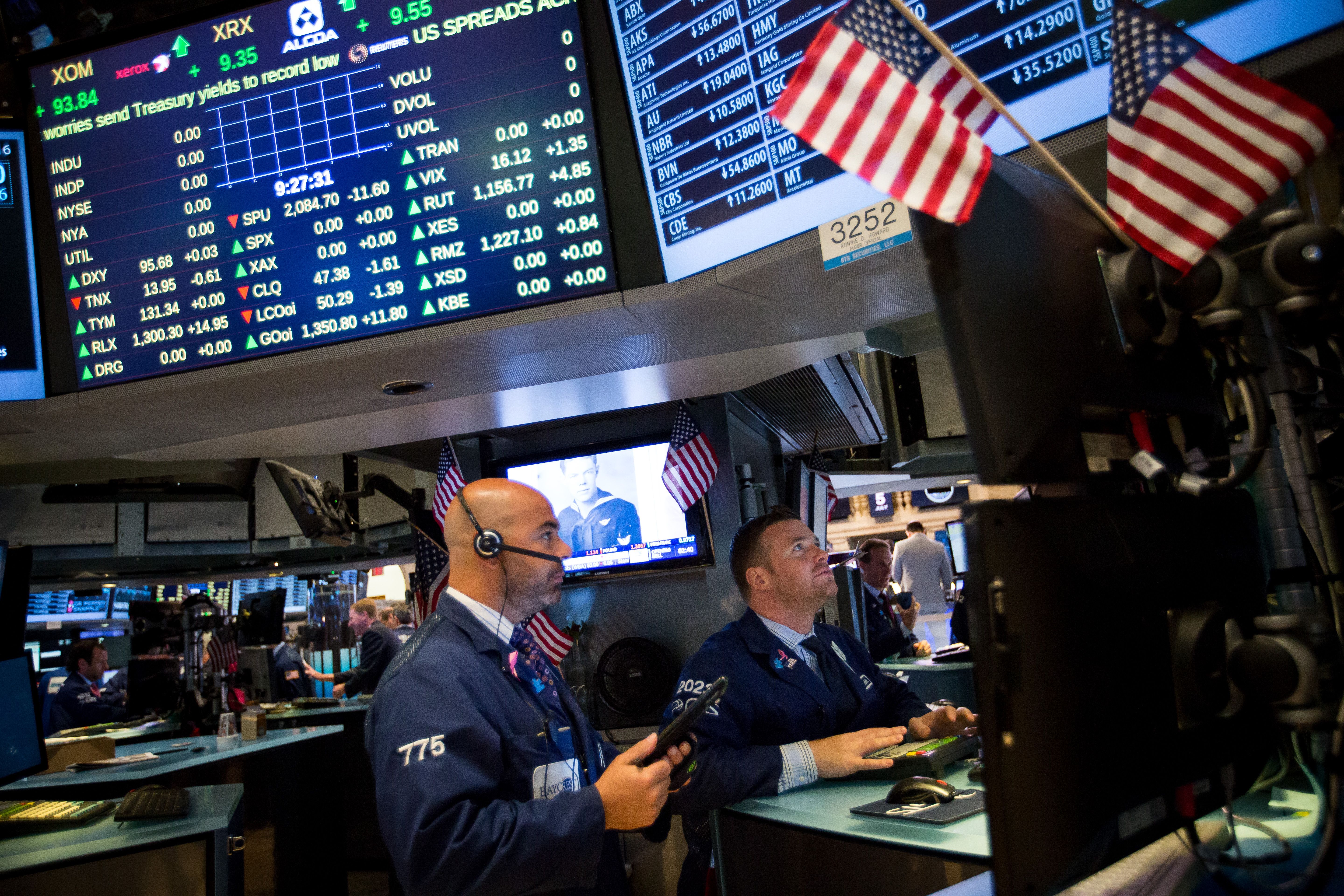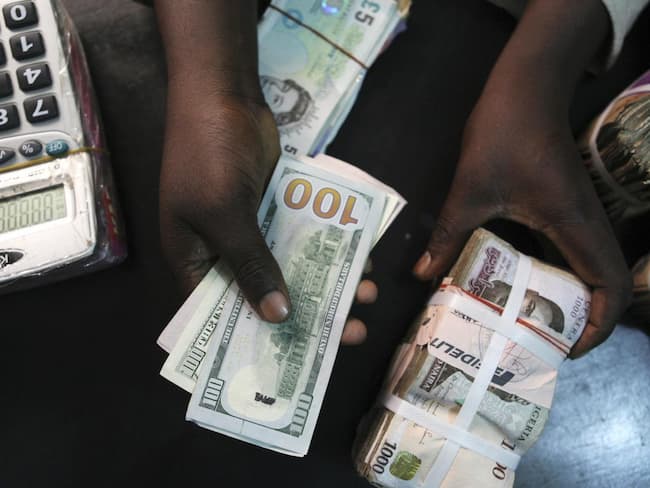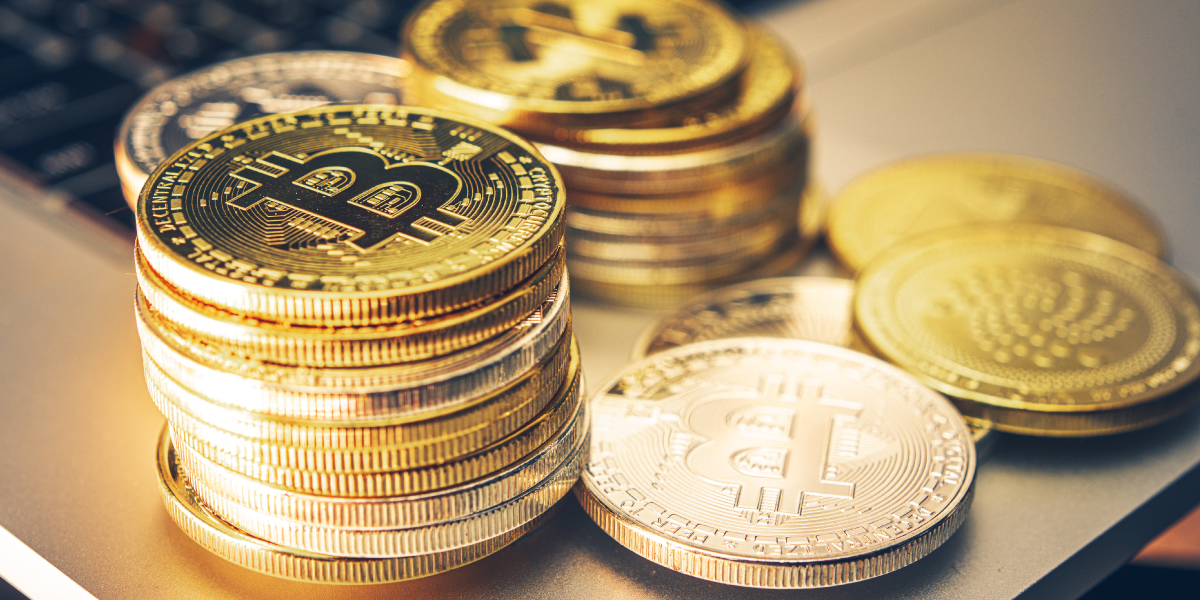Global Market bulls resumed their charge on Thursday, January 4, as strong data from the world’s biggest economies sent stock index records tumbling and oil prices to their highest since mid-2015.
In an apparent acceleration of last year’s global equity boom, MSCI’s world stocks index .MIWD00000PUS and London’s FTSE .FTSE both set records as Europe opened.
Tokyo’s Nikkei .N225 – Asia’s biggest market – earlier shot to its highest since 1991 with a 3.3 percent surge. [.T]Asia-Pacific excluding Japan .MIAPJ0000PUS also scaled a decade-high peak as a fifth day of gains in China helped emerging market stocks .MSCIEF to a 6-1/2 year high as well.
“It is a continuation of the goldilocks story,” said State Street Global Markets’ head of macro strategy Michael Metcalfe.
“The main theme last year was strong growth and accommodative (monetary) policy and the data we have had so far suggest that the growth is expected to accelerate, and without inflation.”
The data published on Thursday reinforced expectations that solid world growth will boost demand for goods, including oil, and lift corporate earnings, Reuters reports.
China’s services sector activity hit its highest level in more than three years, manufacturing data from Japan came in strong and euro zone surveys showed the bloc enjoying its strongest run in nearly seven years.
IHS Markit’s Final Composite Purchasing Managers’ Index – seen as a good overall growth indicator for the 19-country region – rose to 58.1 in December from 57.5 in November and up slightly from a flash estimate of 58.0.
“A stellar end to 2017 for the euro zone rounded off the best year for over a decade, continuing to confound widely held fears that rising political uncertainty would curb economic growth,” Chris Williamson, chief business economist at IHS Markit, said.
Another factor behind the upbeat mood was that minutes of the Federal Reserve’s mid-December meeting released on Wednesday did little to change that view that it will stick to measured increases in U.S. interest rates.
They showed policymakers expect U.S. President Donald Trump’s tax cut plans to boost consumer spending but are still uncertain about the impact the stimulus would have on inflation.
Fed funds rate futures moved to price a 75 percent chance of a rate hike by March, compared with around 60 percent at the end of last year. But markets are still not fully pricing in the three rate increases many Fed officials expect this year.
Euro zone bond yields were also creeping higher, buoyed by the data, as investors readied for new debt sales from France and Spain in what is traditionally one of the busiest issuance months of the year. [GVD/EUR]
Yields on French FR10YT=TWEB and Spanish ES10YT=TWEB 10-year bonds were around 1 basis point higher. In Germany, the bloc’s benchmark bond issuer, 10-year bond yields were up 1.5 bps at 0.46 percent DE10YT=TWEB and holding within reach of recent two-month highs.
The bigger focus though was on the ongoing rise in commodity prices, which often have a big influence on global inflation.
At the same time, inflation expectations indicated by the gap between 10-year U.S. inflation-linked bonds US10YTIP=RR and conventional ones US10YT=RR, was above 2 percent at the highest level since March.














